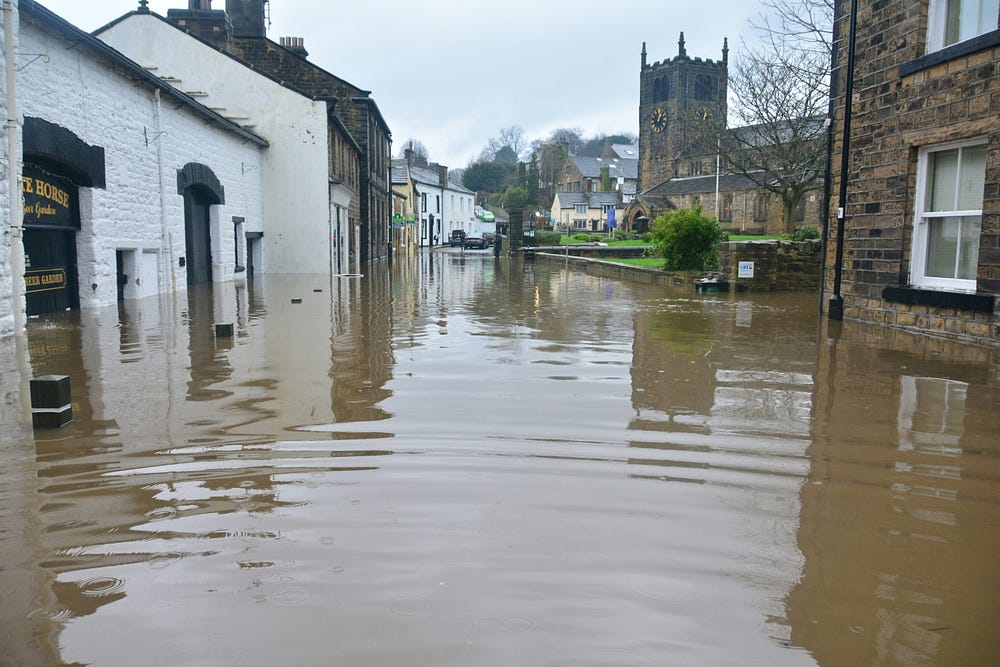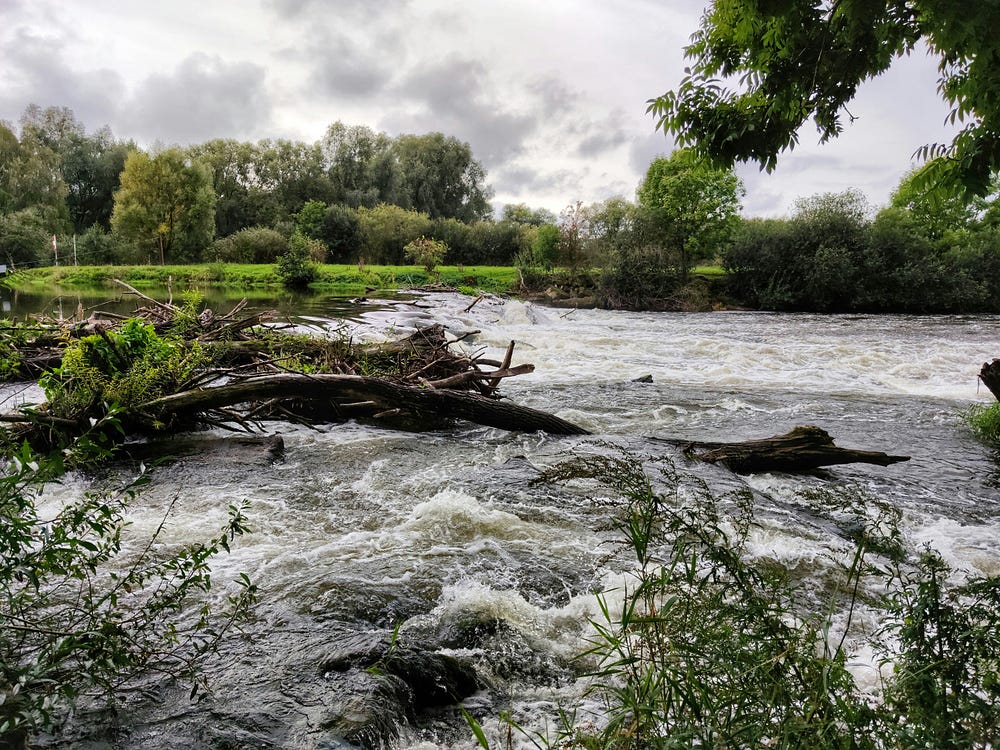Understanding the Increasing Flooding Risks in Kashmir: Causes, Impacts, and Solutions.
Ahmad Ayaz ✉
In recent years, Kashmir has witnessed a concerning trend of increased flooding, even with minimal rainfall. This phenomenon has led to the submergence of many areas, including critical national highways. This article aims to delve into the technical aspects of these flooding events, their causes, impacts, and potential solutions.

Causes of Flooding
One of the primary causes of flooding in Kashmir is the conversion of agricultural lands for non-agricultural purposes. This land-use change has resulted in the filling of water bodies and tributaries, reducing the capacity of stormwater absorption. As a result, even short periods of rainfall lead to inundation, affecting both urban and rural areas.
The Role of Land Use Policies
The conversion of agricultural lands for real estate businesses is often driven by individual interests and land mafias. However, the liberal legislative measures regarding land use and the lack of proper checks by authorities have also contributed to this issue. The absence of stringent regulations and enforcement mechanisms has allowed unsustainable land-use practices to proliferate, exacerbating flooding risks.

Impacts of Flooding
The consequences of flooding in Kashmir are far-reaching. Apart from immediate property damage and disruptions to transportation networks like roads and national highways, flooding also leads to economic losses, displacement of communities, and environmental degradation. The recurrent nature of these events underscores the urgency of addressing underlying causes.

Government Response and Challenges
While the government issues alerts during flooding events, there is a need for proactive measures to prevent such occurrences. Post the 2014 flood in Kashmir, despite substantial investments in dredging and other flood mitigation strategies, the efficacy of these measures remains questionable. There is a disconnect between planned interventions and their actual impact on reducing flooding risks.

Technical Solutions
Addressing the flooding challenges in Kashmir requires a multi-faceted approach. Firstly, there is a need for robust land-use policies that prioritize agricultural land preservation and sustainable development practices. This includes stricter regulations on land conversion and more effective monitoring mechanisms.
Secondly, investments should be directed towards enhancing stormwater management infrastructure. This includes the construction of retention ponds, improved drainage systems, and green infrastructure initiatives like rain gardens and permeable pavements. These measures can help increase the capacity of water absorption and reduce surface runoff during rainfall events.

Additionally, watershed management programs focusing on the preservation of natural water bodies and tributaries are crucial. Restoring and maintaining the ecological balance of these water systems can contribute significantly to flood risk reduction.
Collaborative Efforts and Community Engagement: Effective flood risk management also necessitates collaborative efforts between government agencies, local communities, and environmental experts. Community engagement plays a vital role in raising awareness about sustainable land-use practices, promoting flood-resistant construction techniques, and implementing early warning systems.

Conclusion
The escalating flooding risks in Kashmir demand a comprehensive and proactive approach towards flood risk management. By addressing the root causes through sound land-use policies, investing in resilient infrastructure, and fostering community participation, the region can mitigate the adverse impacts of flooding and build a more sustainable future resilient to climate challenges.
Originally submitted for www.theviralpost.online, (The author Ahmed Ayaz is a Social Activist, National TV debater and political analyst. He can be reached via email at ahmadayaz08@gmail.com. The ideas expressed in this Article are his own)





